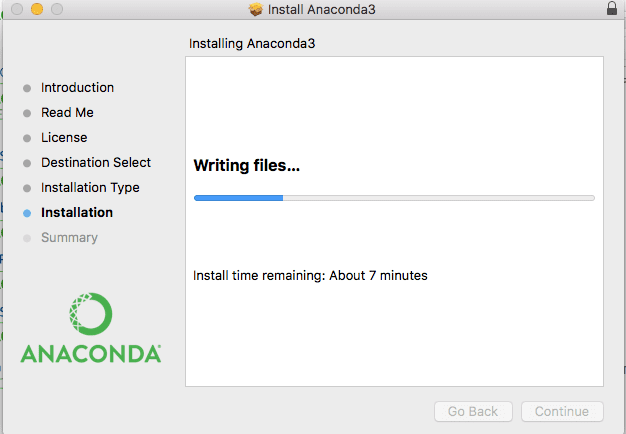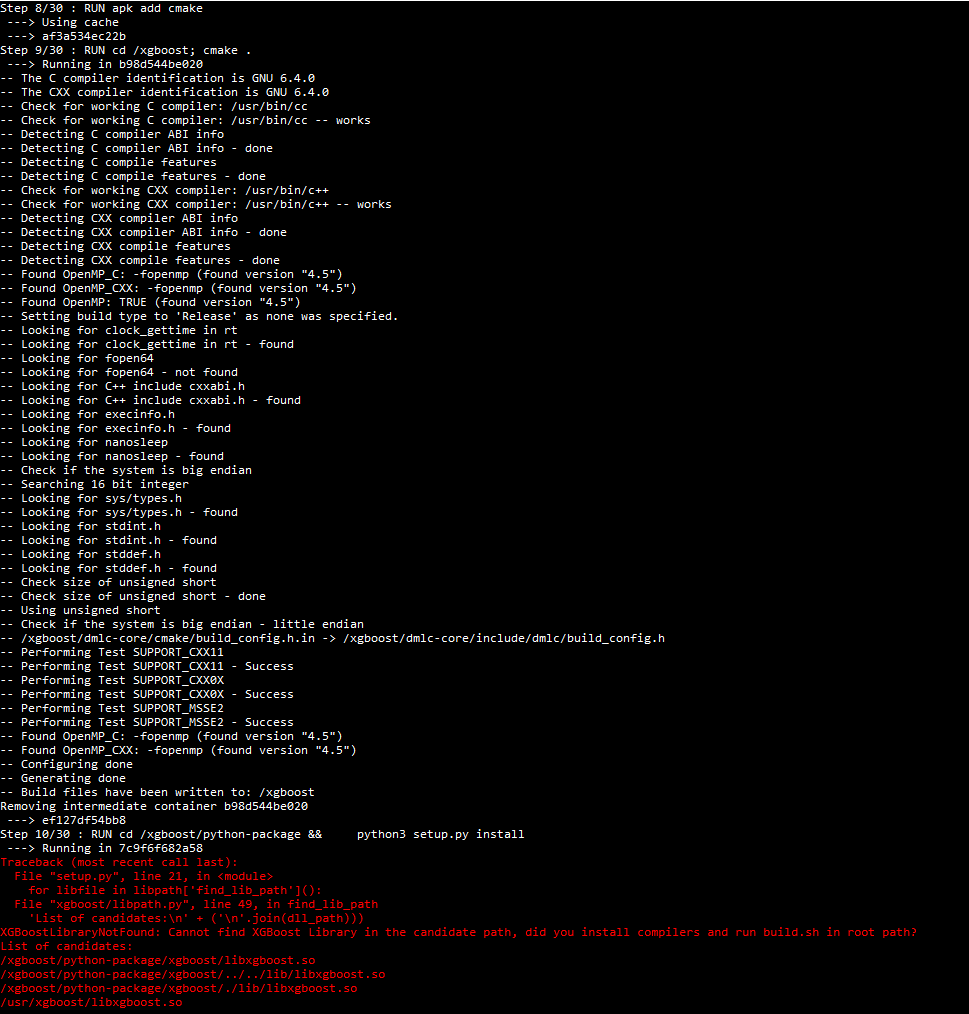

- INSTALL XGBOOST CONDA LINUX INSTALL
- INSTALL XGBOOST CONDA LINUX SERIES
- INSTALL XGBOOST CONDA LINUX DOWNLOAD
- INSTALL XGBOOST CONDA LINUX MAC
vars so that your pip install uses this version.
INSTALL XGBOOST CONDA LINUX DOWNLOAD
Be sure to download the Python 3.X (where X is some number greater than or equal to 8) version, not the 2.7 version. Visit continuum.io and download the Anaconda Python distribution for your operating system (Windows/Mac OS/Linux). 3, select the appropriate XGBoost for your system Anaconda/py-xgBoost So enter Conda Install-c Anaconda XgBoost enter. FOR PYTHON 3.6 $ brew install conda install -c anaconda py-xgboost. XGBoost is probably the most cutting-edge and optimized implementation of the gradient boosting algorithms. Open the Command Prompt and navigate to the XGBoost directory, and then run the following commands. Log in, to … Install Xcode Command Line Tools by downloading it from Apple Developer or by typing: xcode-select -install Step 2: miniforge conda config -set auto_activate_base false. We also provide experimental pre-built binary with GPU support. OR $ conda install -c biconda xgboost=0.6a2 As a result, conda dropped the link. conda install -c conda-forge/label/gcc7 xgboost. conda install python=3.7.7 or whatever version you wanted to use. One is to go into R and then use install.packages("xgboost") and the other is to use conda install -c conda-forge r-xgboost in terminal after activating the environment. Just go to copy conda install -c anaconda py-xgboostOpen the Anaconda NavigatorClick on the Environments tab and then click on the arrow right to base (root)From the dropdown menu, select Open Terminal.A new window should appear now.Follow the instructions to complete the installation Step 1: Xcode Command Line Tools. In terminal, just input the following to construct the new conda environment and then activate: conda env create -f R_4_mkl.yml conda activate R_4.0_mkl. cd into xgboost (if you’re not already there), and then “cp make/config.mk. Following table shows current support status. For a newbie learning python and Machine Learning on Mac, I would strongly recommand to install Anaconda first ( install doc).

Python version and xgboost package version should be matched. config.mk Ensure that the newly installed gcc-6 compliers are correct in config.mk (e.g. cd C: \p ath \t o \x gboost mkdir build cd build cmake. ¶ By default, the package installed by running install.packages is built from source.

Make sure to specify the correct R version. xgboost-1.5.2.tar.gz (730.1 kB view hashes ) Uploaded source.
INSTALL XGBOOST CONDA LINUX MAC
If you are using Mac OSX, you should first install OpenMP library ( libomp) by running. Now restart Python/Anaconda and you should be able to import the library.Without it, nothing will be put in the envs/ directory and the package won't be accessible to commandline R or Jupyter. cd python-package python setup.py install This should configure it cleanly and build the library.

Save the file and now you need to run a cleaning step since you changed the Makefile. export CXX = $(if $(shell which clang++), clang++, g++-6) To the following: export CC = $(if $(shell which clang), clang, gcc-6). export CXX = $(if $(shell which clang++), clang++, g++) Save the file.Īlso, make changes to the file xgboost/Makefile change lines: export CC = $(if $(shell which clang), clang, gcc). It did not for me I needed to add the -6 to both lines. It is possible that simply uncommenting the lines solves the problem. Uncomment the lines near the top of the file:Ĭhange them to the following: export CC = gcc-6 export CXX = g++-6 Now, use your favorite editor (I used vi), and go into the file that you copied from /make to /xgboost vi config.mk The problem is that some key lines in the make files are commented out and also not fully specified.
INSTALL XGBOOST CONDA LINUX SERIES
The next series of steps differ from the documentation on the xgboost site, and I cobbled it together from lots of sources and also experimenting. I downloaded it to Anaconda/pkgs directory. You might get some warnings to unlink directories or delete them if you have other versions installed follow the warnings/instructions. It took me a while to work through the various issues, but it is now running nicely in my Anaconda (P圓6) environment.įor multi-threading you need to do the following first (install homebrew if you have not done so): brew install gcc -without-multilib For the record, I am using a Mac with OS X 10.10 (Yosemite). It's a little more complicated if you want to use multi-threading.


 0 kommentar(er)
0 kommentar(er)
